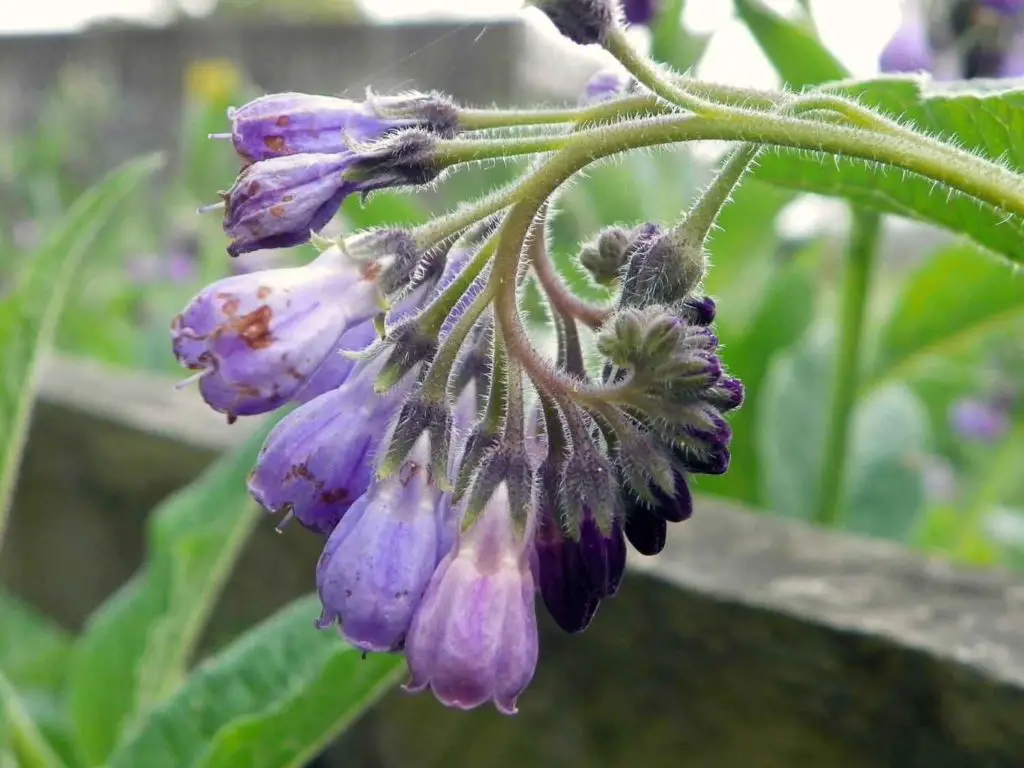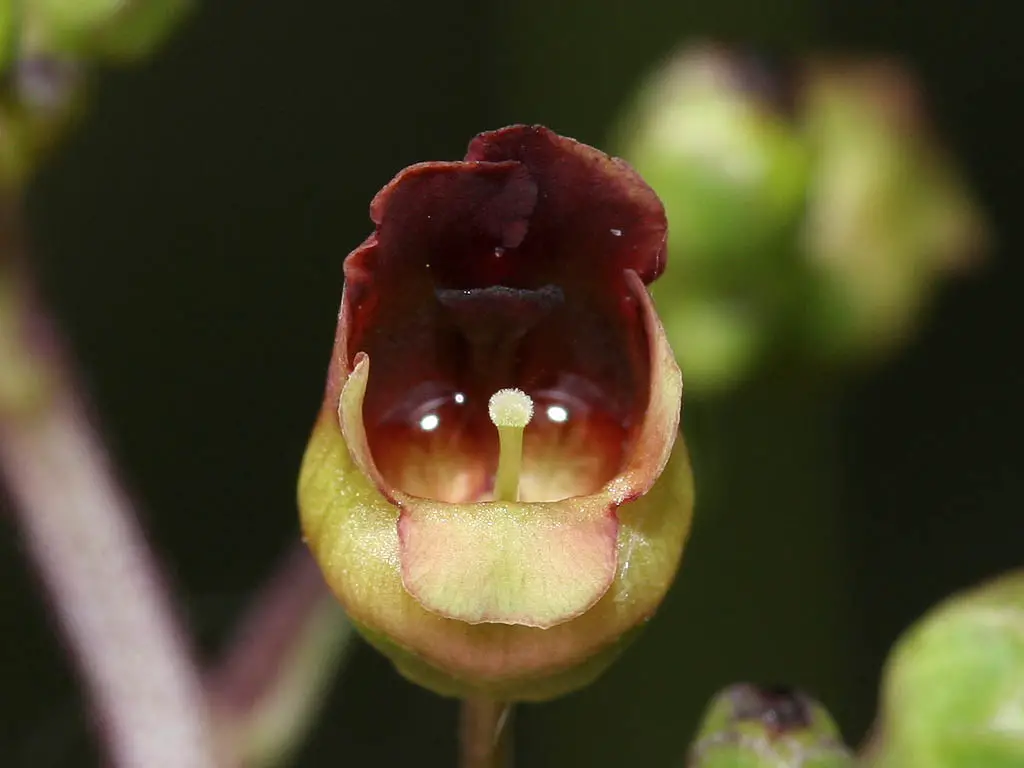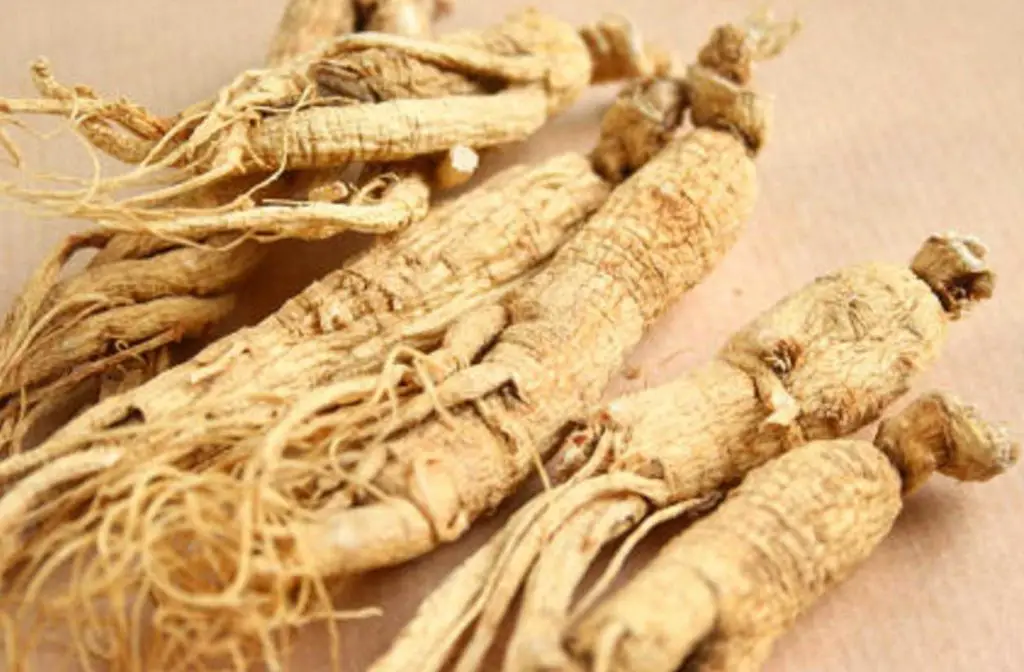Menstrual cramps are intense throbbing pain that localizes in the lower abdomen, which usually starts within one to three days before the onset of your period. This extreme abdominal pain usually lasts for five days or until the duration of your period. In some cases, these throbbing pains are accompanied by violent muscle spasms.
The pain brought by menstrual cramps is indescribable, making it hard for women to cope with this monthly. Fortunately, there are natural remedies you can take to minimize the aches and pains associated with menstrual cramps. We scoured the ends of the internet to look for the best natural herbs for menstrual cramps, and here’s what we found.
Ginger (Zingiber Officinale)
Ginger is one of the many readily available herbs that help with cramps. Ginger is often used in culinary to accentuate the flavor of a dish, but it’s also used historically for ayurvedic purposes. It’s believed by many that ginger originates in South and Southeast Asia, hence its botanical name, Zingiber.
Ginger is believed to deliver various health benefits because of the massive vitamins and nutrients it contains. Most of its therapeutic effects are attributed to gingerol, a unique bioactive compound found in ginger. This nutrient-rich spice is also known to alleviate menstrual cramps.
A study comparing ginger’s effects to mefenamic acid and ibuprofen to treat dysmenorrhea found that ginger produced similar pain-relieving effects as these two medicines. This effect was prevalent when 250mg capsules of ginger powder were taken four times for three days.
Fennel (Foeniculum Vulgare)
Fennel is a flowering plant that’s closely related to the carrot family. This plant initially inhabited the Mediterranean shores, but importation caused it to grow in many parts of the world. Like ginger, fennel is also incorporated into many traditional dishes worldwide because of its flavor-enhancing properties and nutrient density.
Fennel is known to produce several health benefits, such as its substantial antioxidative property. Many people also use fennel as an agent for weight loss as it’s shown to have the ability to suppress appetite. Another notable benefit of fennel is its potential to suppress menstrual pains and improve sexual activity.
In a particular study geared at this property of fennel, researchers concluded that fennel had a positive outcome in reducing menstrual pain. Researchers used 25mg of fennel extract four times a day for three days to replicate this outcome.
Dong Quai (Angelica Sinensis)
Dong Quai, or Angelica sinensis, is an herb used for centuries to treat various ailments. This plant is native to Asian countries, particularly China, Korea, and Japan. Of all the nutrient-rich parts of the Angelica sinensis plant, its roots are often used for medicinal purposes and are intensively studied.
This herb is believed to possess many properties that benefit people’s health, including its potential to suppress glioblastoma cells, a rare form of aggressive brain cancer. Moreover, this is also a common traditional herbal remedy to treat wounds as it promotes the formation of new blood vessels.
In an analytical study uncovering the bioactive of Angelica sinensis, researchers found that the plant contains a large amount of ferulic acid. This acid is known for its anti-inflammatory property, which might help with menstrual cramps.

Red Peony Root (Paeonia Lactiflora)
Peonies are flowers known for their beautiful and eye-catching petals. But beneath its colorful exterior lies a powerful herb believed in providing numerous significant health benefits. The root of Paeonia lactiflora, or Red Peony Root, has been used for many years in traditional Chinese medicine.
Red peony root is also believed to prevent blood clotting. This plant is also believed to possess anti-cancer, anti-epileptic, and anti-aging properties. Of all the many uses of this wonder plant, its ability to suppress menstrual cramps is one of the most evident.
Red peony root is often combined with various herbal medicines to reduce menstrual pain:
- In Xiao Yao San, white peony root is combined with licorice and ginger root.
- In Dang Gui Shao-Yao San, red peony root is blended with angelica root (don quai.)
- Lastly, the Jia Wei Xiao Yao San features all the ingredients in Xiao Yao San but with the addition of peony root bark and gardenia fruit.
Pine Bark Extracts (Pycnogenol)
Pycnogenol is a trademarked name for a natural extract from the bark of French maritime pine trees. This extract is believed to contain over 40 bioflavonoid compounds that benefit overall health. According to studies, Pycnogenol shares bioactive compounds found in grape seed, peanut skin, and witch hazel bark.
It is known to have numerous benefits, such as its potential to improve skin. Pycnogenol’s ability to enhance skin elasticity is well-documented, and many studies support this claim. Another renowned potential of Pycnogenol is its neuroprotective ability to manage ADHD.
In this context, we’ll dive deeper into the study done to evaluate the analgesic properties of Pycnogenol to treat menstrual pain. In the study, it was described that 60mg of Pycnogenol daily significantly reduced menstrual pains and cramps.

Chamomile (Matricaria Chamomilla)
Chamomile is a traditional medicinal herb usually infused into a tea form. This plant is native to Southern and Eastern Europe grasslands, such as Brazil, France, Hungary, and Russia. It doesn’t naturally grow in India, but after the Mughal period, the plant was cultivated in large parts of the country, like Punjab and Uttar Pradesh.
When steeped as a tea, chamomile provides various health benefits, including its potential to improve sleep quality and reduce inflammation. Chamomile is also known to promote general digestion and protection against certain types of cancer. On top of this, chamomile is also widely used to treat menstrual cramps.
In a certain study, the researchers uncovered that drinking chamomile tea during your period might alleviate some pain as it relaxes the spasms in your abdomen. This reaction is caused by the increased urinary glycine levels produced from ingesting chamomile extracts, causing nerve relaxation.
The Bottomline
Menstrual cramp is a severe and uncomfortable issue experienced by many women regularly. Fortunately, several natural remedies are available to help reduce the intensity of the pain.
Herbs such as angelica root, red peony root, Pycnogenol, and chamomile offer promising potential in relieving menstrual cramps. There are countless natural remedies available that could help improve your menstrual cramps.
As a natural alternative, the risk of developing adverse reactions is minimal unless you have a chronic condition. In such cases, consulting with a verified health provider ensures a safe treatment plan tailored to your situation.
Subscribe to our newsletter!
Natural Herbs for Menstrual Cramps FAQS
What Are the Side Effects of Midol?
Midol is a brand of ibuprofen or a non-steroidal anti-inflammatory drug (NSAID.) Midol is marketed as a pain reliever and fever reducer specifically for menstrual cramps.
While Midol is generally considered safe, some side effects include stomach upset, constipation, diarrhea, dizziness, headache, or ringing in the ears. You might also experience some drowsiness while on this medication.
Midol’s side effects are generally tolerable, but they could be inconvenient to your everyday life.
What Helps Menstrual Cramps Naturally?
Many Ayurvedic plants with analgesic properties can treat menstrual cramps naturally. Common herbs for menstrual cramps are angelica root, red peony root, licorice, ginger root, Jia Wei Xiao Yao San, Pine Bark Extracts (Pycnogenol), and Chamomile tea.
Although we listed a few common herbal names in this list, it doesn’t outline all herbal options available for menstrual cramps. It’s vital to do extensive research if you want to try a medicinal plant outside of the list we’ve provided.
What Is the Fastest Home Remedy for Menstrual Cramps?
If you’re burdened with your menstrual cramp, you can quickly relieve some pain by applying heat or gentle massages. Place a heating pad or hot water bottle on your abdomen for 15-20 minutes to reduce cramping pain. If you can or have someone do it for you, steep a chamomile tea bag and drink it, which might help alleviate some pain.
References:
- https://www.nhs.uk/conditions/period-pain/
- https://www.ncbi.nlm.nih.gov/pmc/articles/PMC7754412/
- https://www.liebertpub.com/doi/10.1089/acm.2008.0311
- https://www.ayujournal.org/article.asp?issn=0974-8520;year=2012;volume=33;issue=2;spage=311;epage=313;aulast=Omidvar’
- https://cmjournal.biomedcentral.com/articles/10.1186/1749-8546-6-29
- https://www.peacehealth.org/medical-topics/id/hn-3658006#:~:text=An%20herbal%20formulation%20known%20as,help%20relieve%20painful%20menstrual%20cramps.
- https://pubmed.ncbi.nlm.nih.gov/18567279/
- https://www.ncbi.nlm.nih.gov/pmc/articles/PMC2995283/




